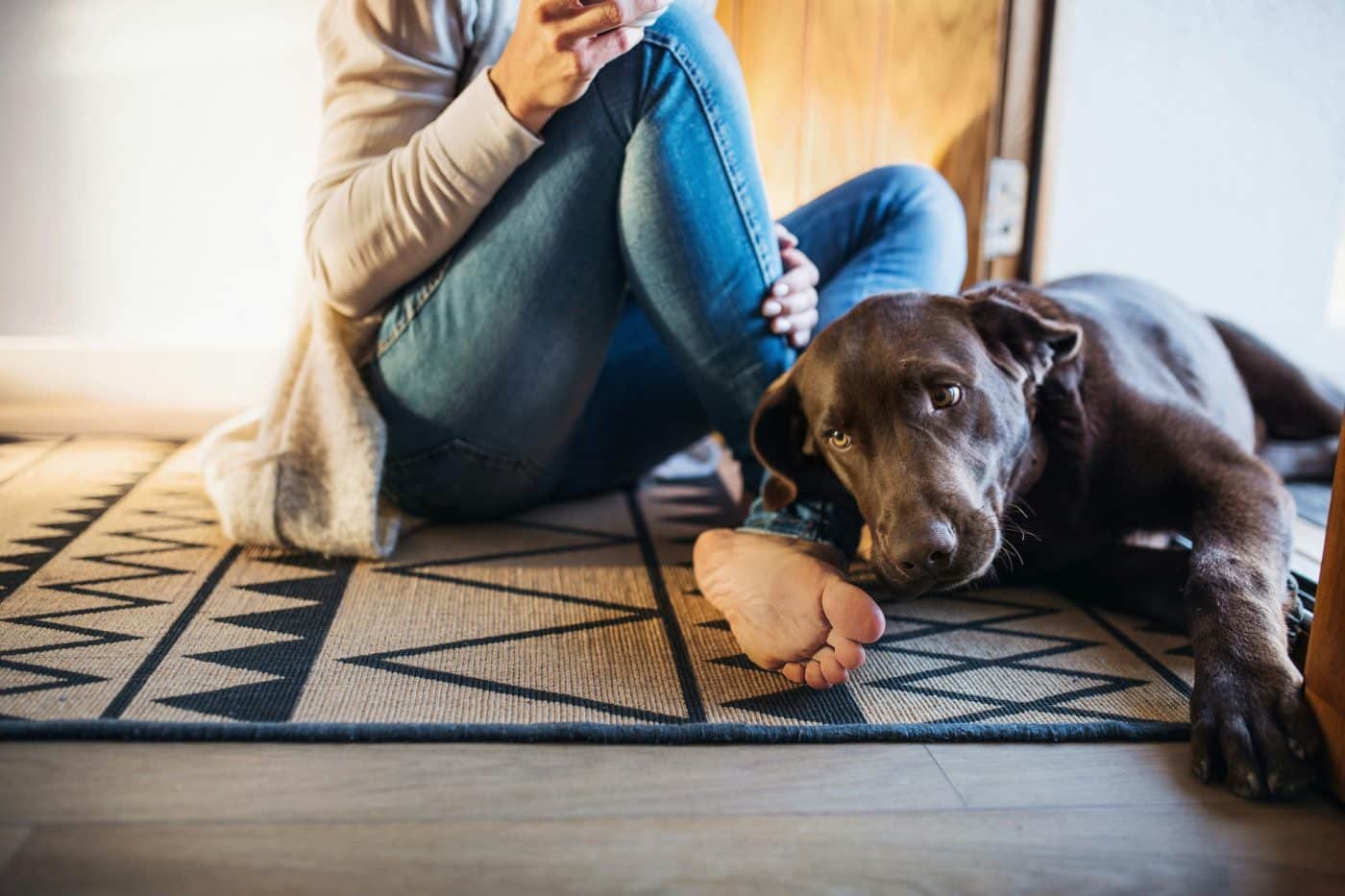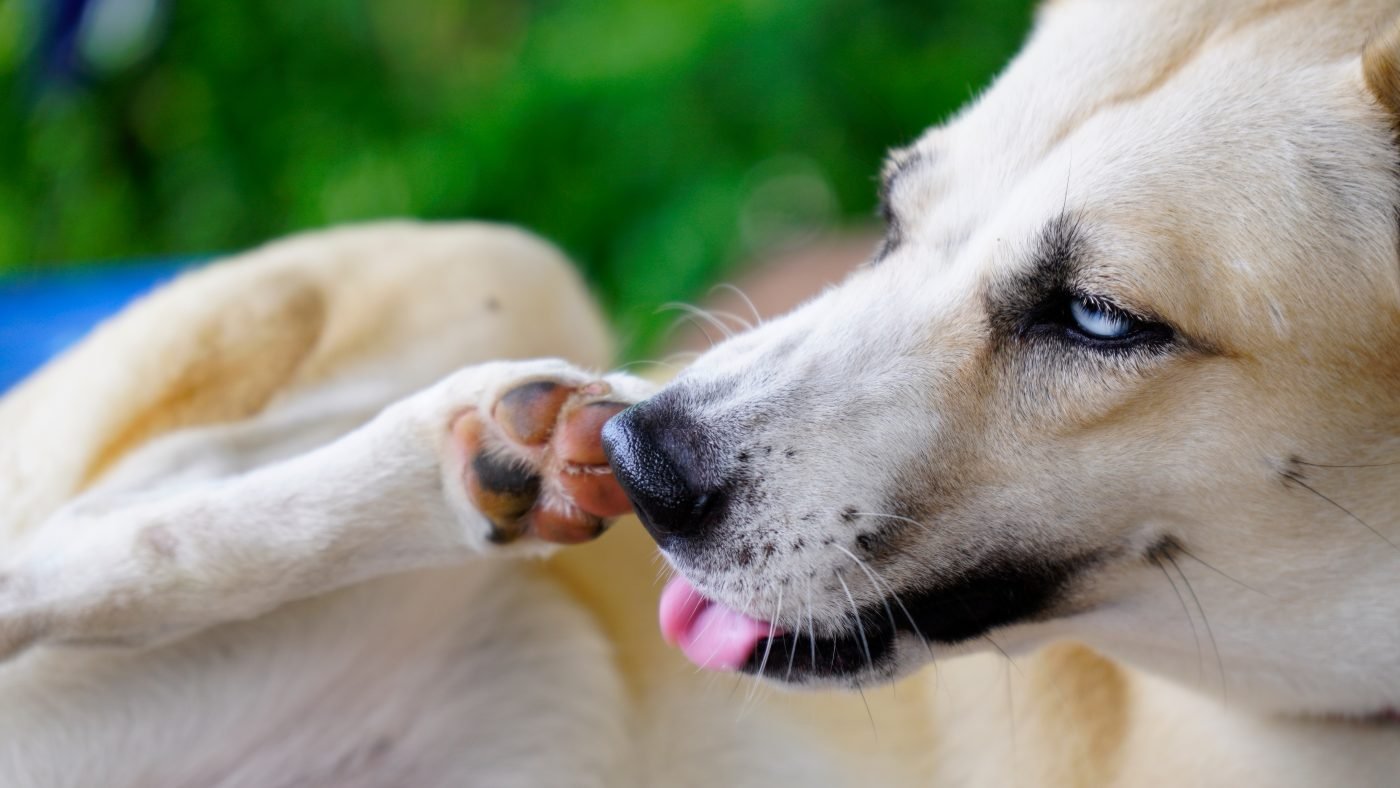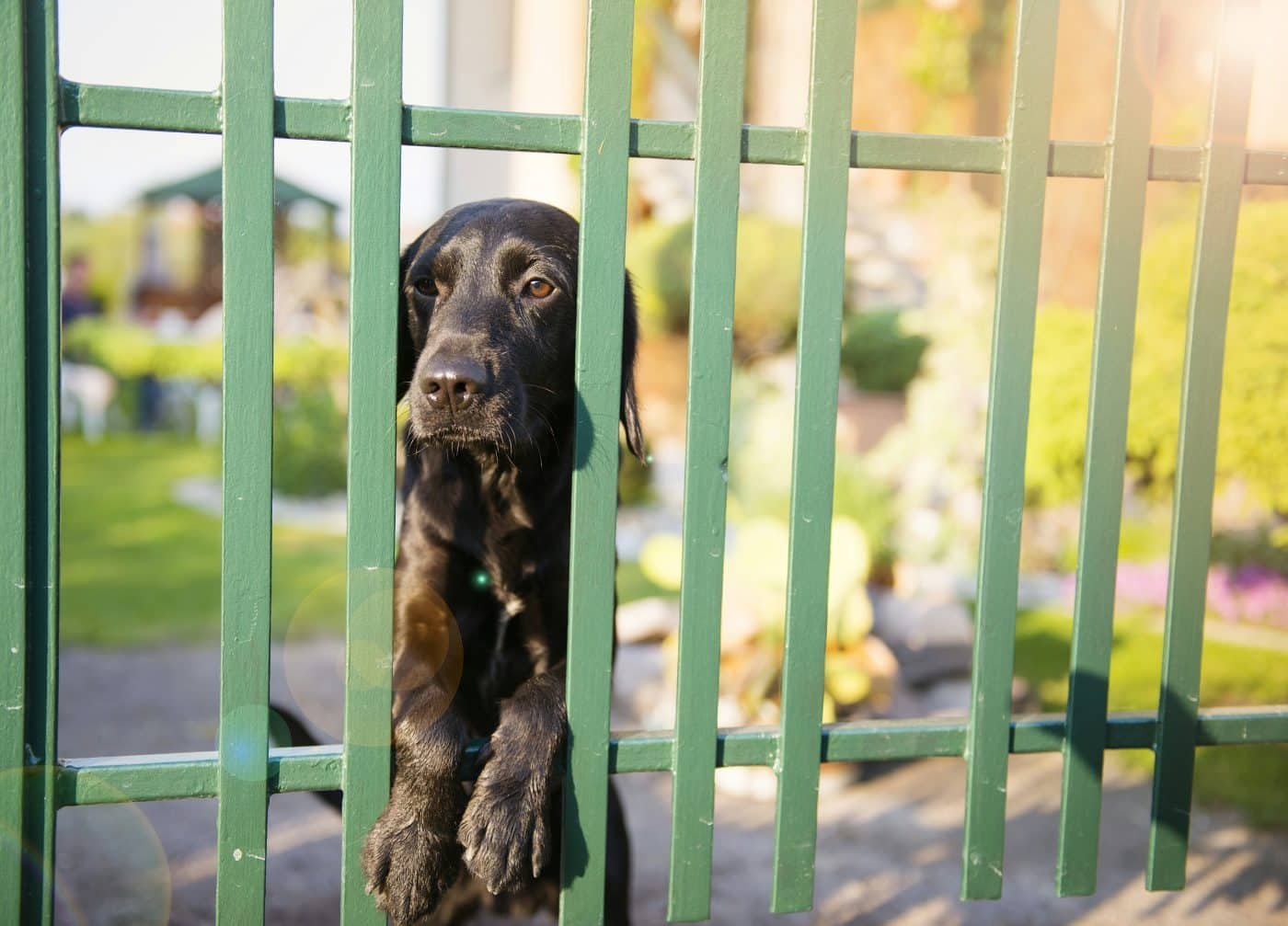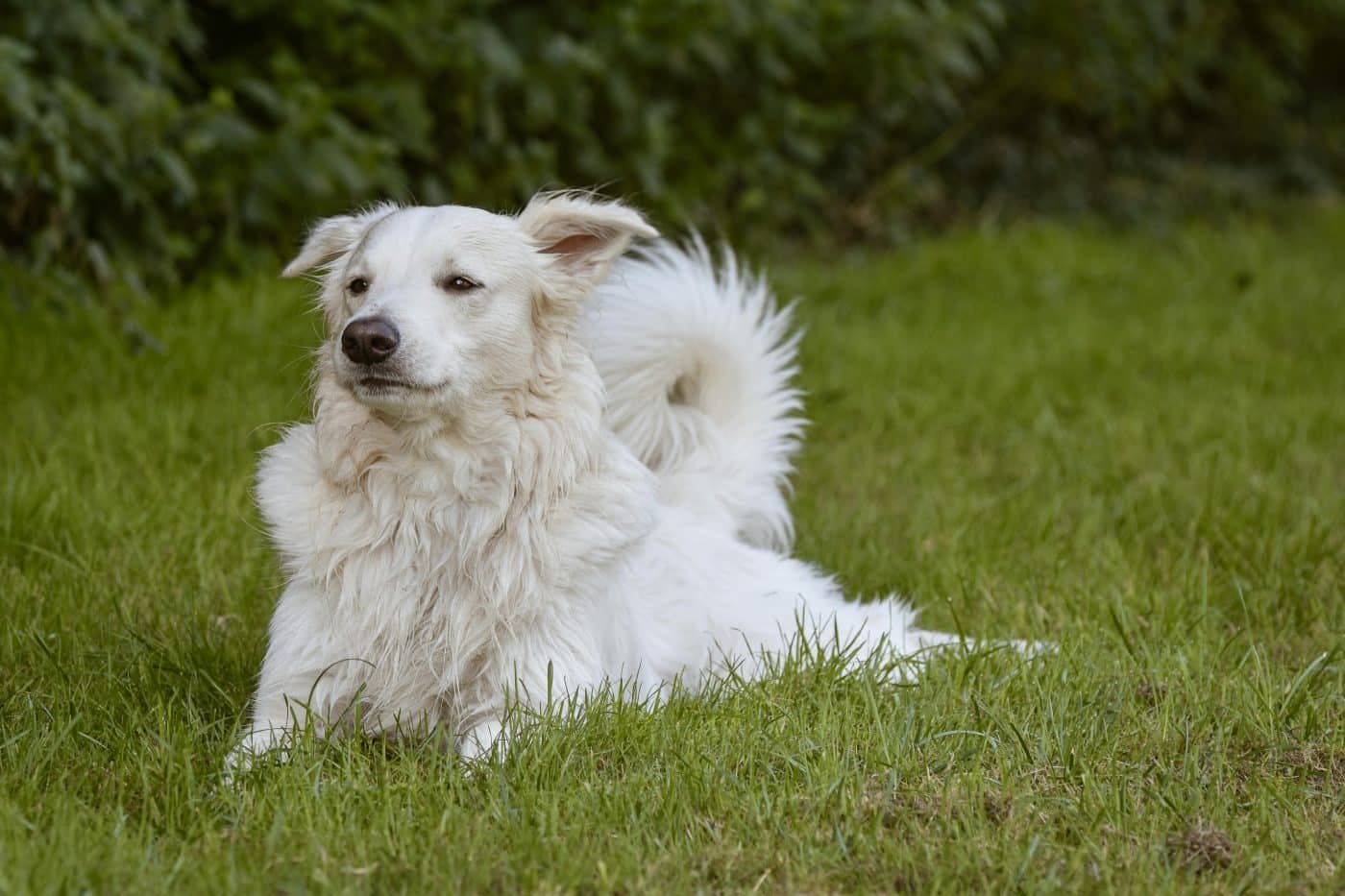Shutterstock
Dogs cannot text sad emojier or send vague Facebook updates, but they know how to show loneliness in their way. As natural social beings, dogs form deep bonds with their people – so when they are alone too often or too long, they can get blues, just like we do. The difficult part? Their signals are subtle and are often mistaken for “bad behavior.” Recognizing the signs of dogs — sensibility can make all the difference in helping your best friend feel secure, supported and fortunately part of the package again.
Excessive beaming or howling

Shutterstock
If your dog suddenly becomes the neighborhood’s opera singer every time you travel, loneliness can be the reason. Dogs often vocalize their distress when they feel abandoned or omitted, especially during long stretches alone. This is not just a noise problem – it’s your puppy’s way of crying about attention and camaraderie. You may notice that this behavior kicks off shortly after you have left and tip when you return. Giving interactive toys or soothing background music can help ease their solo anxiety, but nothing replaces quality time with their favorite human – you.
Destructive chewing or engraving

Shutterstock
Ever come home to find your favorite shoes strip or your sofa looks like a criminal scene? It’s not just evil – it’s probably loneliness. Dogs often channel their exalted energy and emotional frustration to destructive behavior when left alone for extended periods. They don’t hate your furniture – they miss you. Offering puzzles, increased training and rotating enrichment activities can reduce this behavior, but more camaraderie – whether from you or a trusted dog walker – can make a world of difference.
Pace or restlessness

Shutterstock
Some dogs deal with loneliness by pace in circles or wandering around the house, as if they are searching for something – or someone. This restlessness is a dog version of anxiety -driven fidgeting, and it usually stems from the absence of their beloved human. If your dog seems to be uneasy when you’re gone and it soothes immediately when you return, it’s a pretty high tip. Increasing structured routines and the incorporation of interactive toys can help, but the real solution often involves more human (or dogs) interaction.
Sleeping more than usual

Shutterstock
Dogs love nap – but if your dog sleeps the day away more than usual, it can be a sign that they are bored or lonely. Just as people who feel blue can flood, dogs can slip into a passive state when emotionally neglected. They are not lazy; They are just trying to pass on the time until their world – you – goes back in. To make sure your dog has regular stimulation and moments of commitment can help lift their mood. Consider Doggy daycare or a dinner visit if you are gone all day.
Loss of appetite

Shutterstock
A lonely dog can suddenly turn their nose up by food, even if it is their favorite kibble or the holy rotisserie chicken. Emotional distress can affect a dog’s appetite, leading to jumped meals and noticeable weight loss over time. If your puppy usually loves dinner but now it is snubbing like it’s under them, there’s something deeper possibly going on. Offering food games and eating with them can help, but the ultimate solution may give them more bonding time with you. Or at least pretend to share your dinner – they know when you endure.
Clumsy when you’re at home

Shutterstock
If your dog is transformed into your shade – after following you from room to room, push you constantly and get panic when you go to the bathroom alone – they are probably trying to absorb every second of your attention to compensate for your absence. Although it is cute at first, this behavior often comes from separation anxiety and loneliness. Insure them with gentle love, but also helps them build independence by gradually practicing short separations while at home. And yes, maybe let them into the bathroom occasionally – you don’t fool anyone with the closed door.
Reduced interest in games

Shutterstock
Dogs are naturally playful, especially when they are happy. So if your once-bubbling puppy is now ignoring their toys or actions as a fetch is a task, they may feel emotionally low. Lack of games can signal boredom or loneliness, especially if they are alone for long periods of time. Try to introduce new games or toys, but also cut out more time for direct, interactive games. Even a short game of Tug-of-War or a backyard Sniffari can make wonders on a lonely dog’s mood.
Frequent accidents inside

Shutterstock
Suddenly housebreaking regression is not always a medical problem – it can be emotional. A lonely dog can “walk” indoors not in spite of, but because stress interferes with their usual bathroom routine. Anxiety can lead to a lack of control or simply confusion, especially in dogs that have not had uniform schedules recently. Reinforcing positive pottery, maintaining structure and reducing their alone time can help restore order to your floors – and their minds.
Obsessive licking or care

Shutterstock
If your dog starts licking their paws, as if they are preparing for a modeling shot – or worse, causing bald spots with constant care – it may be due to emotional distress. Lonely dogs can develop repeated behavior as a mastery mechanism, not unlike people biting their nails. These behaviors can escalate to serious health problems if they are not unaddened. Distract them with enrichment activities, chew or frozen treats and consult a veterinarian if the habit becomes extreme. But most importantly, assess whether your dog lacks camaraderie and needs more connection in their lives.
Trying to escape or wander

Shutterstock
A dog that always plans a jailbreak – whether it is digging under fences or bolts out of the front door – is not just rebellious. They could try to find you. Dogs suffering from loneliness often try to escape in an attempt to reunite with their person or simply seek interaction elsewhere. It’s not personal – it’s primarily. Beef up your fence, safe – but also beef up attention, hiking and time spent together. They would rather be with you than any squirrel-infected freedom path.
Whining or crying

Shutterstock
Dogs use vocalization to communicate, and a lonely dog can whine as if they are telling a sad movie in the head. This can happen when traveling when you return, or even when sitting right next to them, but rolling through your phone as if they are not found. Whining is often a cry about attention, comfort or insurance. Gently acknowledge their feelings with positive reinforcement and create structured moments of love. And maybe – just maybe – put the phone down and give these ears a good scratch.
Loss of enthusiasm

Shutterstock
Does your dog forget you like you’re just the pizza guy now, instead of the middle of their universe? A decrease in excitement in moments that used to light them up – walks, meals, car trips – can be a quiet cry for help. Dogs that experience loneliness can become emotionally dull, withdraws even from things they once loved. Re -introduced slow activities they enjoy, give praise for small joys and show them that life is still full of tail -walled adventures. Even a ride in the rain can be fun with the right person by their side.
Acting for attention

Shutterstock
Some dogs become dramatic – to beat over the trash, steal socks or beams on a wall – just to get a reaction. If your dog suddenly channel their inner soap opera villain, it can just be desperate for attention. Any attention, even shot, can strengthen this behavior if they crave human contact. Instead of punishing, this energy redirects to structured attention: training, play or snuggle time. Think of it like filling their emotional tank before hijacking your underwear drawer again.
The Lonely Hearts Club needs a nap and a trip

Midjourney
The subtle (and sometimes non-so-sub-) ways your dog may be shouting for connection. Loneliness is not just a human problem; It hits our four -legged companions just as hard and they can’t exactly text you, “Hi, I miss you. Come home.” Recognizing these characters and responding with compassion, patience and proactive corrections can turn things around before your puppy begins to google emotional support cats. Because let’s realize it – your dog deserves more love, attention and maybe a few extra goodies just to be the best lonely boy or girl on the block.
